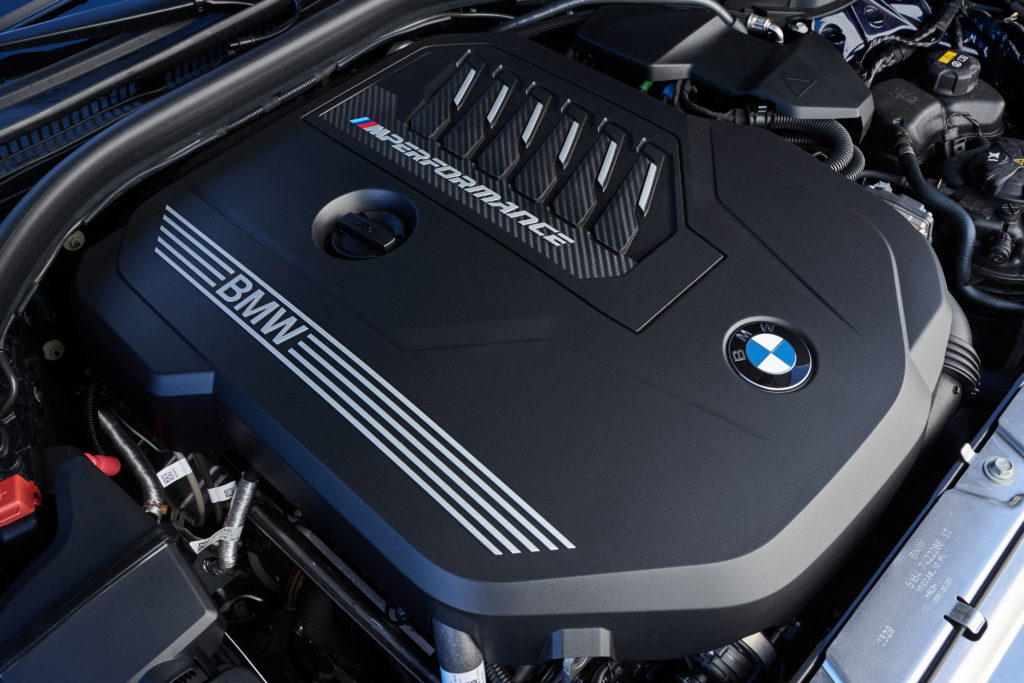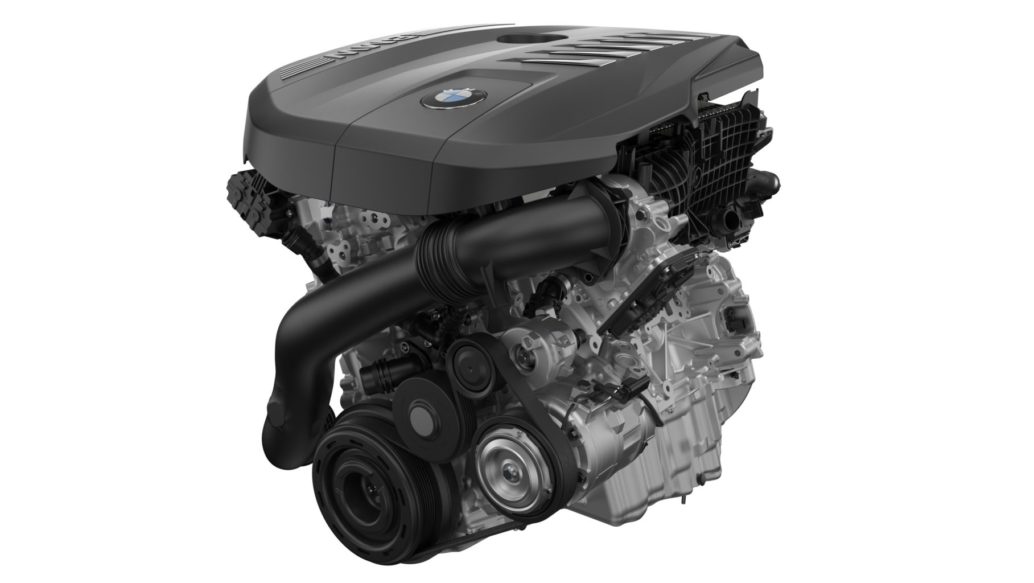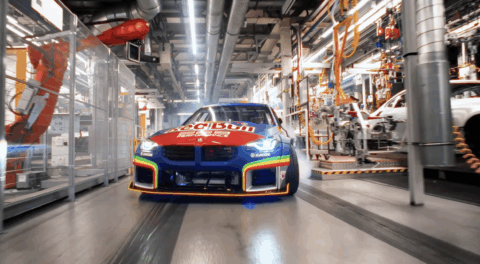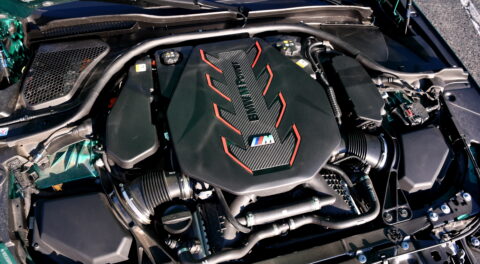Introduced in 2015 for the 2016 model year, BMW’s current mainstay inline six-cylinder engine, the B58, has been given another mid-cycle update with updates and improvements which yield greater output and efficiency. A member of BMW’s modular engine family which includes the B38 three-cylinder and B48 four-cylinder, the B58 followed up on the reliability and success of the N55, and has won numerous awards over the years. The B58 was first updated in 2018 for the 2019 model year (B58TU1), which makes this the engine’s second revision.
The third BMW inline six to feature turbocharging and direct fuel injection, the first two versions of the B58 were available in several variants for different model applications with horsepower ranging from 322 in the very first to 382 in the most powerful, and torque that increased from 332 pound-feet to 369. The B58TU2, as BMW refers to it, develops 380 horsepower in Europe and 375 in the U.S., along with 383 pound-feet of torque. That’s 40 more horsepower and 52 pound-feet of torque more than the B58B30M1 it’s replacing, which is found in everything from the X5 and X7 to the 5 Series, 7 Series, and 8 Series, among others.
The new B58TU2 engine uses the Miller cycle for increased efficiency and features redesigned intake ports and combustion chambers, an electronically controlled Vanos variable camshaft timing system, and an ignition system featuring an active coil with integrated electronics. The turbocharging system including the intercooler has been optimized, while the cylinder head and exhaust manifold are now one integrated component, as they were on previous lower-output versions of the B58TU1. This is in contrast to the 382-horsepower B58B30O1, which uses an exhaust manifold with an integrated turbocharger as opposed to a cylinder head with an integrated exhaust manifold.

The outgoing B58B30O1, which remains one of the most powerful variants to date with 382 horsepower from 5,600 to 6,500 rpm and 369 pound-feet of torque from 1,600 to 4,500, will likely be replaced in the coming years.
The Valvetronic fully variable valve control system for the intake side has been democratized to the exhaust side of the cylinder head with switchable rocker arms, allowing exhaust gas exchange to be interrupted if so desired. This allows the engine’s frictional torque on overrun to be reduced be approximately two thirds, which increases the amount of energy recuperated by the accompanying standard 48-volt mid-hybrid system when the accelerator pedal is released and the vehicle is coasting, and during braking. The Vanos variable camshaft system, previously operated by pressurized oil and solenoids since its introduction over 30 years ago, now works electronically.
In addition to the cylinder head being integrated with the exhaust manifold, on the intake side of the equation, BMW has added another set of low-pressure fuel injectors to complement the high-pressure direct-injection array. BMW isn’t the first manufacture to adopt a dual injection system on primarily direct-injection engines, because the benefits are obvious. Running a set of conventional fuel injectors before the intake ports reduces both carbon emissions and particulate formation, more commonly known as carbon buildup. As many N54 and some N55 owners are aware, carbon buildup on the intake ports and valves of the engine eventually robs the engine of power and harms efficiency, because there’s no fuel to effectively clean these parts as on a conventional engine.
The B58TU2 is first being used in the X7 xDrive40i and the new 740i. This is only one variant of the latest version of the B58, however, and more powerful variants for different models, to replace the rest of the TU1 lineup, are likely on the way. Whether or not similar changes are rolled out on the S58, which arrived in 2019 under the hood of the X3 and X4 M, and gained torque when it was expanded to the G80 M3 and G82 M4 Competition, remains unknown, but we wouldn’t be surprised to see it happen. BMW updating the B58 for a second time was announced essentially in tandem with the introduction of the S68 twin-turbocharged M V8 engine in the X7 M60i and the new 760i.—Alex Tock
[Photos courtesy BMW AG.]





















